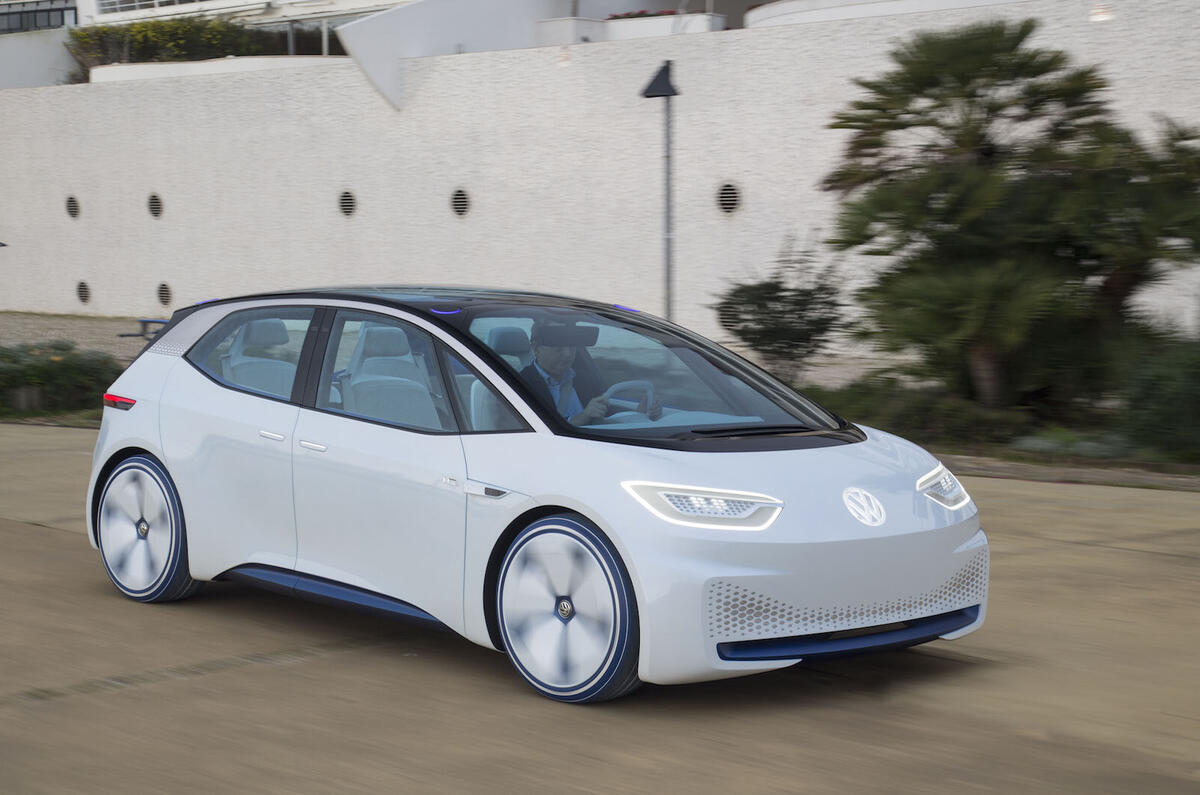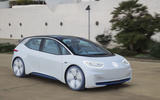What is it?
It was only there for a fleeting moment, but I saw it. It was a shy, somewhat coy, slightly surreptitious move. It was even preceded by a quick look to the left and right to make sure the coast was clear. But then, and unmistakeably, the little white Volkswagen winked at me.
And silly slice of concept car theatre though it was, in that blink-of-an-eye gesture (pun entirely intended), a whole new world opened up to me. A world where cars were no longer passive machines there to be operated only by those within, but quasi-sentient beings capable also of interacting with those without. Capable of mild flirtation, even.
If VW has its way, by 2025 this I.D concept will have spawned an entire family of autonomous-capable cars amounting to one in every six cars it sells, which means one million per year in total from the VW brand alone.
There will, of course, be Audis, Skodas and Seat models too. Up to 30 across the Volkswagen Group's portfolio, in fact. And they won’t just be able to drive you home from the pub, they’ll make people like you, too, slowing to let pedestrians cross the road and indicating to them with multi-function headlights that it is safe to do so. Pursue this to a not illogical conclusion, and one day, if it spots someone it knows you’ll fancy and is registered to the same app, it might even swipe right for you.
But, however, diverting the idea of getting your car to make the first move, for now there are more pressing issues to hand. Like digging VW's reputation out of the Mariana Trench-sized hole it has dug for itself of late. Perhaps this is why when VW talks about the I.D, it's not afraid to talk big. Big enough to compare its prospects to those of the Beetle and Golf, the former being the best-selling single car design there has ever been, the latter more successful still, albeit over seven distinct generations.
Indeed, VW is so keen to leave the past behind and focus on the future that it's happy to let loose a hack like me in the world’s one and only example, despite the fact that compared to the production car to come in three years time, it barely functions.
















































Join the debate
Add your comment
Blunt instrument
I like the look of this, but
Linguistic rigour